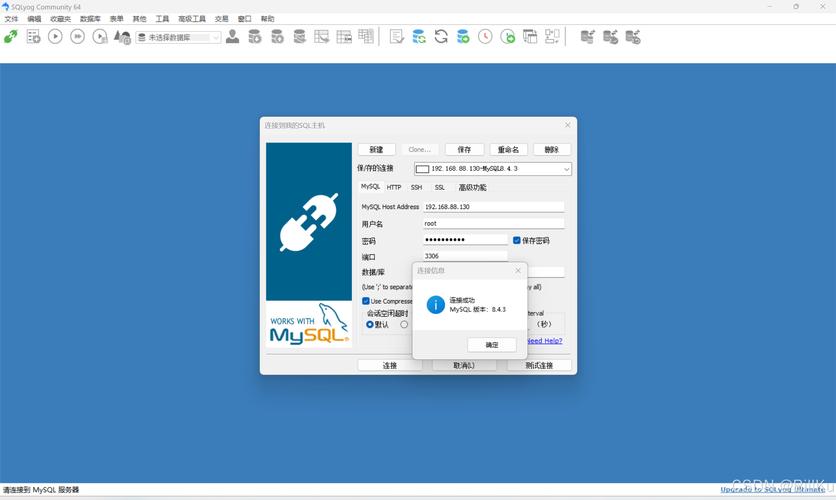CentOS setup is a crucial process for users aiming to harness the power of this robust Linux distribution. It encompasses various steps from initial preparation to post -- installation configuration. Understanding each stage is essential for a smooth and efficient setup.
System Preparation
Before setting up CentOSlinux解压命令,it’s vital to perform some system preparation. Firstcentos setup, check the hardware requirements. Ensure your machine has enough RAM, disk space, and a compatible CPU. A minimum of 1GB RAM and 10GB of free disk space is recommended. Also, back up your important data on the target drive as the installation will overwrite existing files. This way, you can safeguard your information and proceed with the setup without fear of data loss.

Next, download the CentOS ISO image from the official website. Make sure to pick the right version that suits your needs, whether it’s the server version for hosting services or the desktop version for general use. You can use a tool like Rufus to create a bootable USB drive with the downloaded ISO.
BIOS/UEFI Configuration
Once the system preparation is done, access the BIOS or UEFI settings of your computer. Reboot your machine and press the designated key (usually Del, F2, or F10) during startup to enter the BIOS/UEFI menu. Look for the boot options and place your bootable USB drive at the top of the boot order. This ensures that your computer boots from the USB and starts the CentOS installation process.

In the BIOS/UEFI settings, it’s also important to check the system time and date. Incorrect time settings can cause issues with software installations and security updates later on. Adjust them to the accurate local time to avoid potential problems down the road.
Installation Process
After entering the CentOS installation environment from the bootable USB, you’ll see a graphical interface guided by prompts. Select your preferred language and keyboard layout first. Then, you can choose the installation destination, which is typically your hard drive. Partitioning is a critical step here. You can opt for automatic partitioning if you’re not familiar with disk management, or choose manual partitioning if you need specific setups for different directories,like separating the system files and user data.
As the installation progresseslinux游戏,you’ll be asked to create a root password. This is the super -- user account with full system accesscentos setup, so make sure to pick a strong and secure password. You can also create a regular user account at this stage for day -- to -- day use, which provides an extra layer of security.
Network Configuration
Once the installation is finished and you boot into CentOS for the first time, network configuration is your next focus. Most modern installations detect your network adapter automatically. However, you may need to set up a static IP address if you’re using it in a corporate or specific network environment. You can use the command -- line tool nmcli or the graphical network manager to configure your network connection.
Test your network connection after configuration. Try to ping a well -- known website like . If the ping is successful, it means your network is working correctly. This is crucial for downloading software updates and installing additional packages later.
Software Update
Keeping your CentOS system up -- to -- date is essential for security and performance. Use the YUM or DNF package manager to check for and install available updates. Run commands like sudo yum update (for older versions) or sudo dnf update (for newer versions). These commands will scan the official CentOS repositories for the latest software packages and install the necessary updates.
After updating, it’s a good idea to reboot your system. This ensures that all new kernel and system updates are properly loaded and functioning. Regularly checking for updates will help keep your system stable and secure from potential security threats.
Post -- installation Customization

After the basic setup and updates, you can perform some post -- installation customizations. Install a graphical desktop environment like GNOME or KDE if you prefer a more user -- friendly interface. You can use commands like sudo dnf groupinstall "GNOME Desktop" to install GNOME.
Customize your system settings, such as the appearance, power management, and user preferences. You can also install additional software packages based on your needs, like office suites, development tools, or media players. Exploring these customization options will make your CentOS experience more personalized.
Do you have any issues with your CentOS setup so far? Share your thoughts and problems in the comments and don’t forget to like and share this post!
